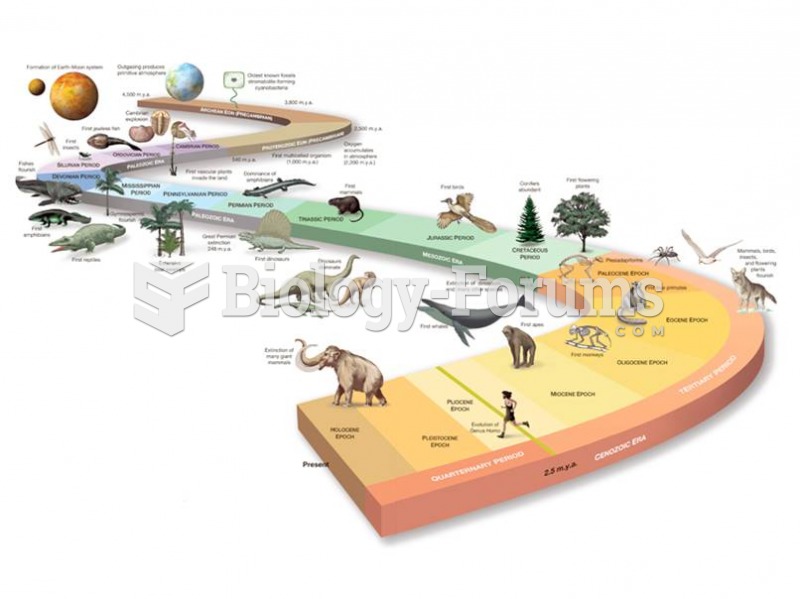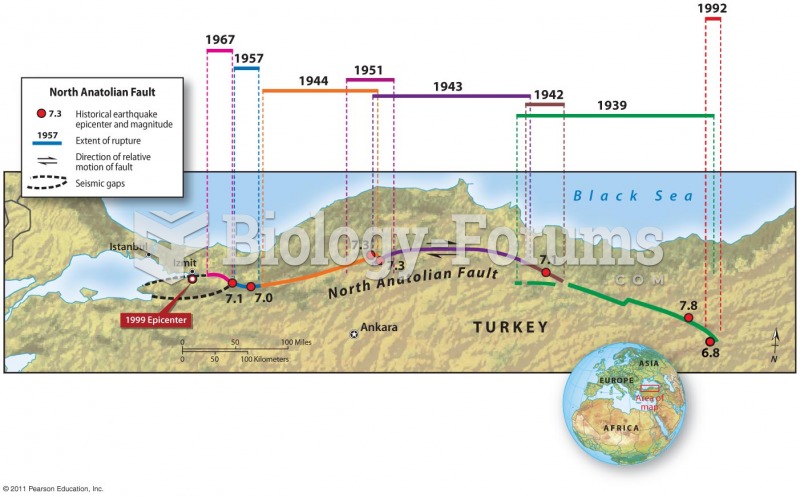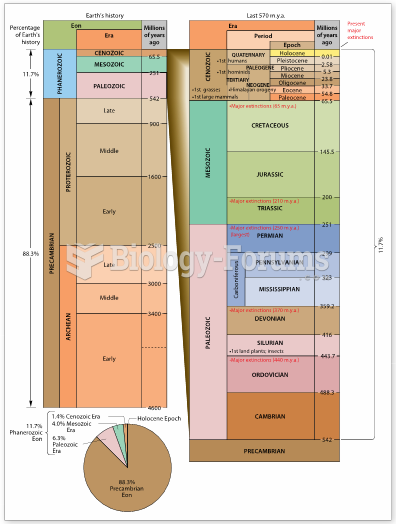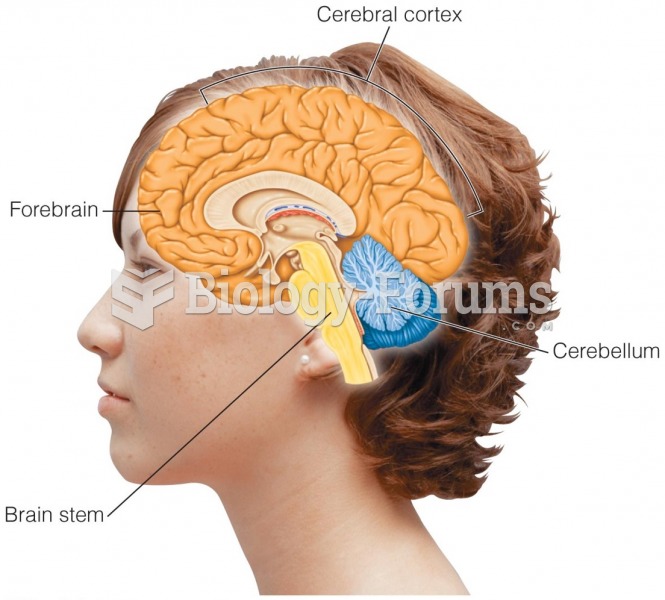You assess J.G.'s history of alcohol use by talking to J.G. and his brother and conclude that he is showing indications of alcohol use disorder.
Name the criteria for alcohol use disorder as outlined in the Diagnostic and Statistical
Manual of Mental Disorders,Fifth Edition (DSM-V) and put an asterisk or star next to the
ones J.G. demonstrates.
Drinking that interferes with important activities
Based on the DSM-V criteria, how would you rate the severity of J.G.'s alcohol use? Explain
your decision.
a. No problem
b. Mild
c. Moderate
d. Severe
What would be helpful for J.G.'s physician to know regarding J.G.'s substance abuse history?
Question 2
J.G., a 49-year-old man, was seen in the emergency department 4days ago, diagnosed with alcohol intox-ication, and released after 8 hours to his brother's care
He was brought back to the ed12 hours ago with
an active gastrointestinal (GI) bleed and is being admitted to the intensive care unit (ICu); his diagnosis is
upper GI bleed and alcohol intoxication.
you are assigned to admit and care for J.G. for the remainder of your shift. according to the ednotes,
his admission vital signs (Vs) were 84/56, 110, 26, and he was vomiting bright red blood. He was given IV
fluids and transfused 6 units of packed red blood cells (PRBCs) in the ed. On initial assessment, you note
that J.G.'s Vsare blood pressure 154/90, 110, 24; he has a slight tremor in his hands, and he appears anx-ious. He complains of a headache and appears flushed. you note that he has not had any emesis and has
not had any frank red blood in his stool or melena (black tarry stools) over the past 5 hours. In response
to your questions, J.G. denies that he has an alcohol problem but later admits to drinking approximately a
fifth of vodka daily for the past 2months. He reports that he was drinking vodka when he got home from
the edthe first time. He admits to having had seizures while withdrawing from alcohol in the past. He tells
you that he just can't help it and has strong urges to drink, but that he never means to drink very much.
He has had trouble keeping a job over the past several months.
Admission Lab Work
Hgb 10.9g/dL
Hct 23
ALT(formerlySGPT) 69units/L
AST(formerlySGOT) 111units/L
GGT 75units/L
ETOH 291mg/dL
Which data from your assessment of J.G. are of concern to you?
What do the admission laboratory results indicate?
Which of the previous laboratory results specifically reflects chronic alcohol ingestion?
What are the two most likely causes of J.G.'s symptoms?
What is the most likely time frame for someone to have withdrawal symptoms after abrupt
cessation of alcohol?







